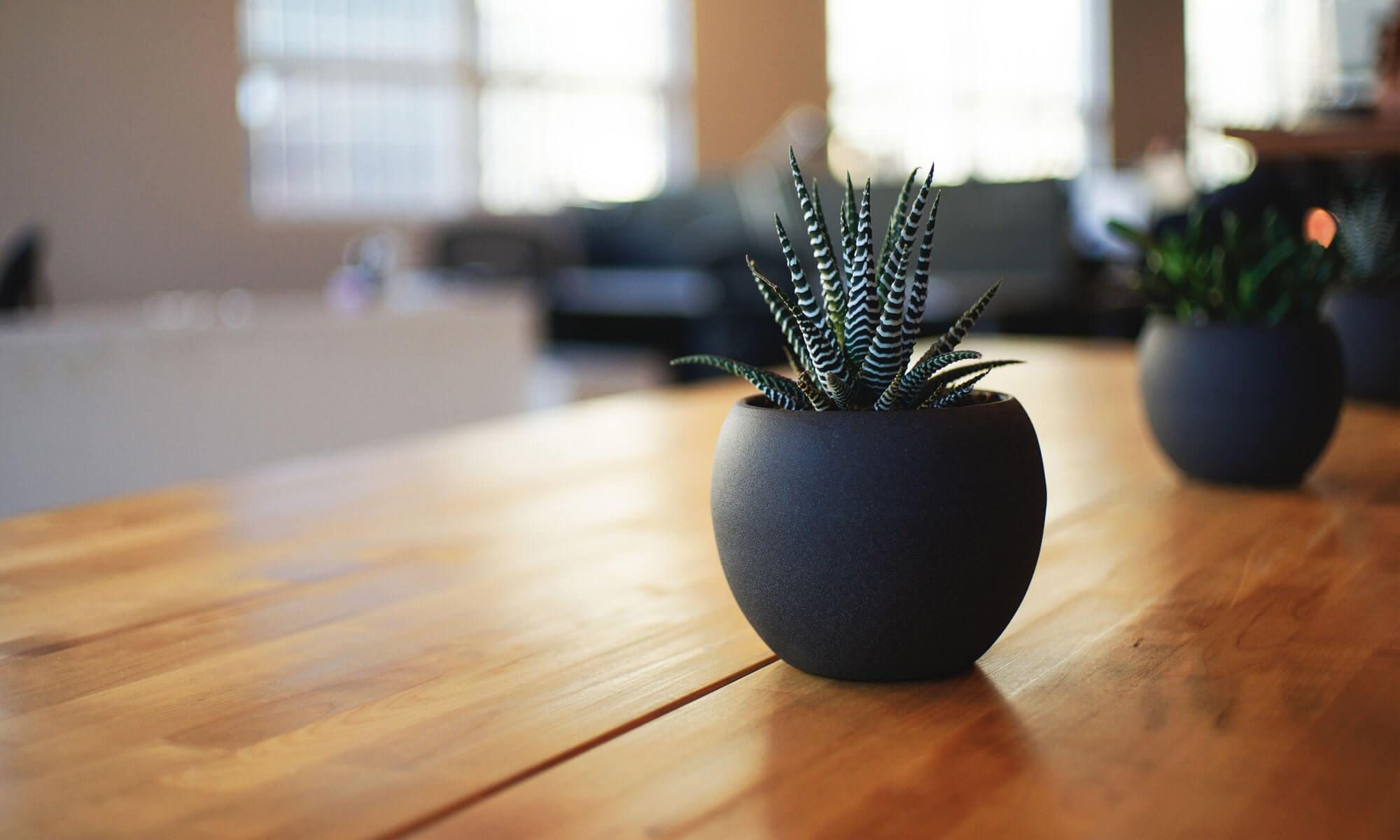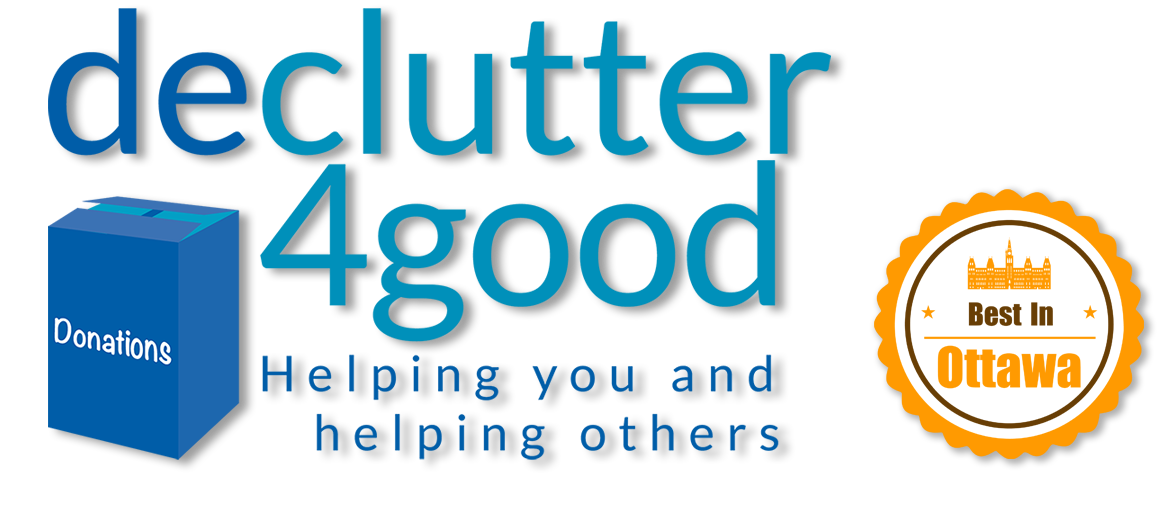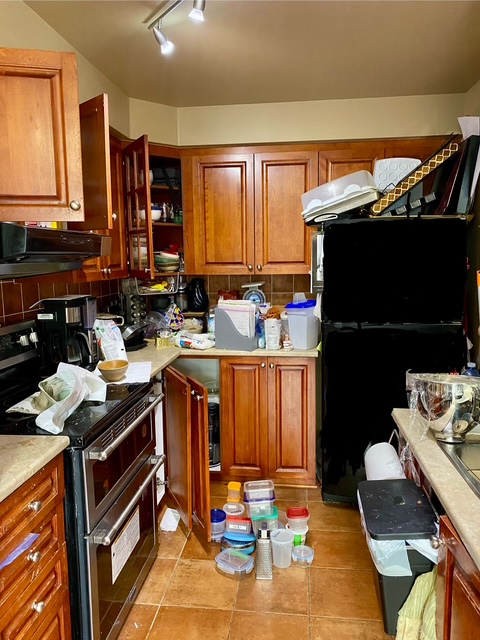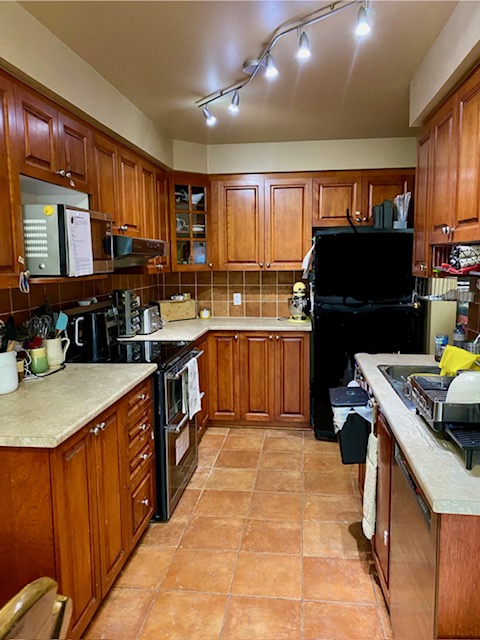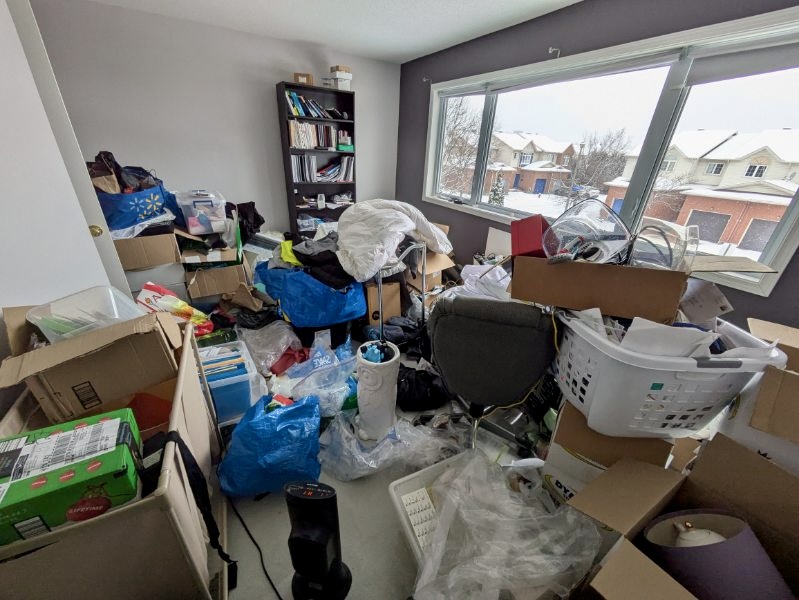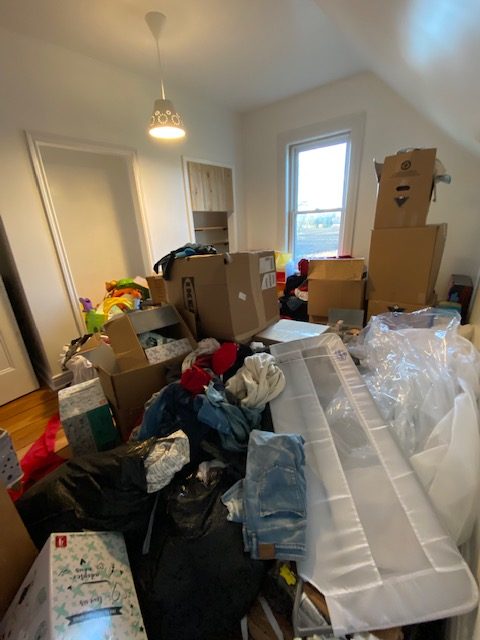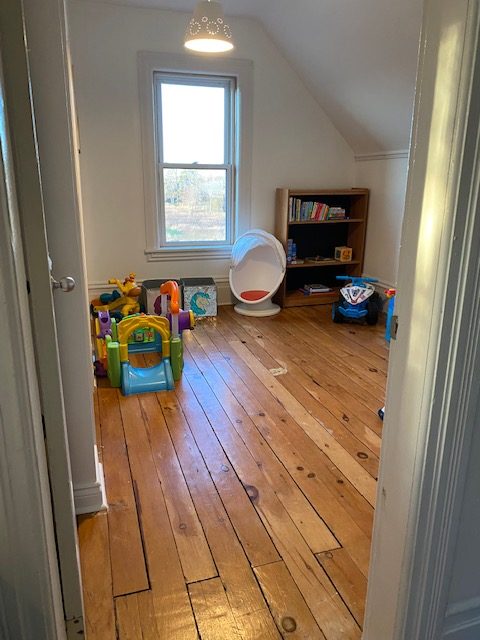by Martha Tobin
I don’t know about you but for me there is nothing like getting a good sleep. It allows me to wake up energized, recharged and refreshed. A good night’s sleep affects our mood, how we get along with others, how we think, react, work and learn.
Cluttered bedrooms remind us of our hectic lives so it’s really important to remove these distractions to be able to truly unwind.
Here are 6 tips to create a place of peace in your bedroom:
- Spend a few minutes everyday putting things back where they live in your bedroom (i.e. clothes back in closets or drawers, shoes back in a shoe rack.
- Return items to their rightful locations in your home (i.e. dishes back to the dishwasher, laptop back to your home office.
- Add some baskets and bins to sort ‘like with like’ (i.e. phone chargers, tech accessories, adaptors in one, magazines and books in another).
- Add some vertical shelving to make the most of your bedroom storage and keep items from piling up on the floor.
- Eliminate potential distractions by moving them elsewhere (i.e. workout equipment to another room)
- Remove trash from your bedroom or out of sight by adding a trashcan with a lid in a corner of the room.
A peaceful bedroom is going to create a relaxing vibe and encourage a restful and restorative sleep.
As Charlotte Bronte once said, “a ruffled mind makes a restless pillow”.
